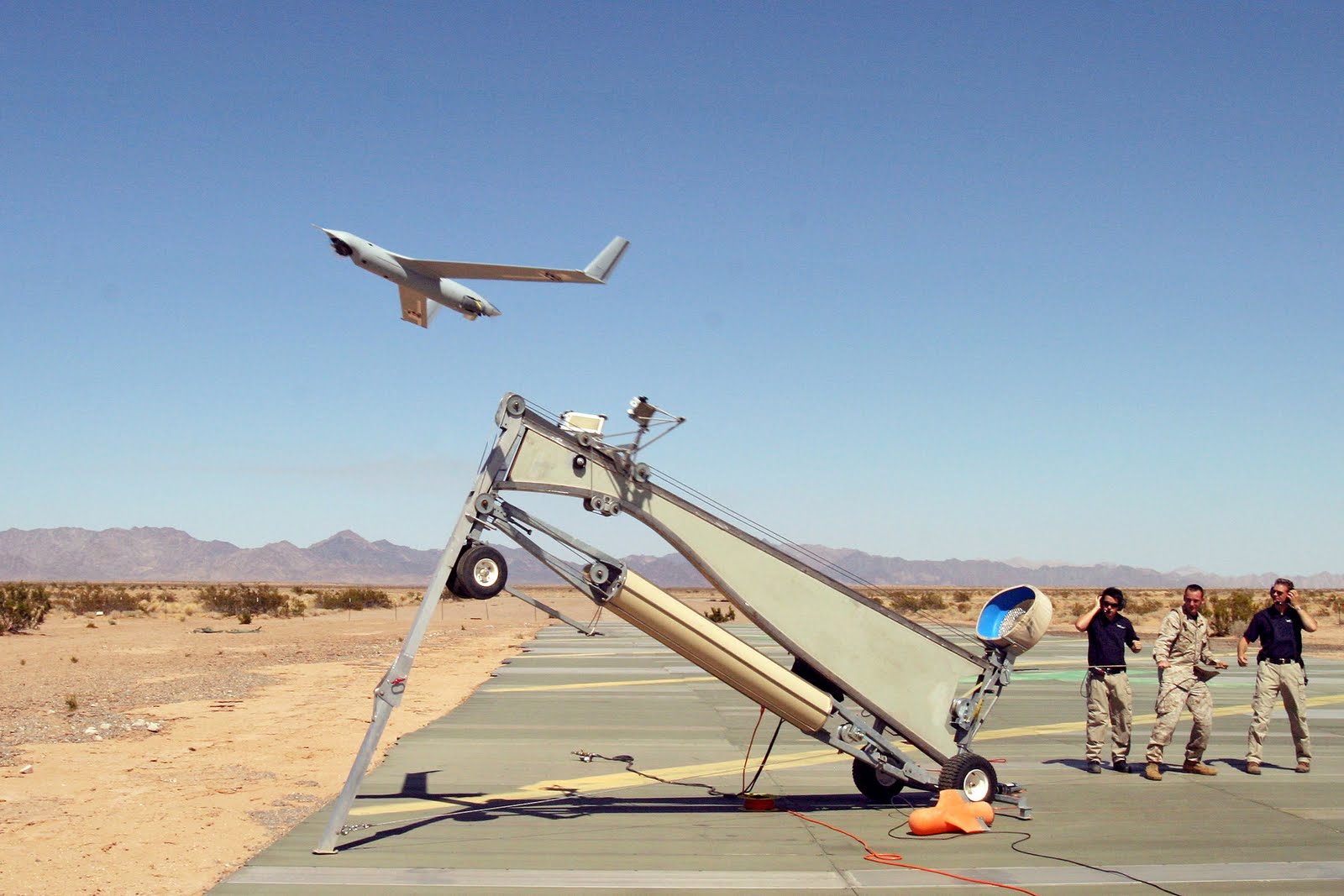Assignment 2.5 - Unmanned Systems Maritime Search and Rescue
Hi Everyone,
For this assignment, I came across a remotely operated vehicle that was tried tested and true during the search and rescue / salvage mission conducting in Japan after the Tsunami disaster in 2011 (Murphy, et al., 2012).
The unmanned ROV that I selected is called the SARbot made by SeaBotix. It boasts proprioceptive sensors and exteroceptives sensors to accomplish its mission mandate as a complementary tool for operators to conduct timely rescue and recovery operations.
 |
| SARbot by SeaBotix |
For proprioceptive sensors (Carey, 2011) , it is equipped with your standard GPS which can be overlayed onto existing mapping software such as google maps. It also has more unique features such as an Ultra-Short-Baseline (USBL) System which acts as an underwater GPS system which allows the surface platform/ground control station to track the SARbots precise location underwater via responder/transponder modules. There is also an emergency locator beacon to help detect the location of the SARbot should its connection or physical tether be severed from the land ground station.
For exteroceptive sensors, the SARbot consists of a high resolution imaging sonar which is effective up to 197 ft. It is a very fast and reliable way to narrow down the search areas of interest. The SARbot also boasts a high-resolution video camera that can be very effective in low-light conditions but can only capture video and imagery from an effective range of approximately 30 ft (Teledyne, 2016). It does, however, have a very good filtering lens which focuses on blue and red hues so that it can properly remove human victims and separate it from dirt or debris. The video imagery is very important as it helps the operator see where to operate its mechanic grapple so that it may actually carry out the rescue or recovery of a human victim or object.
 |
| Real-time imagery and Sonar View |
A major upgrade that I would consider would be to increase the effective range of the video camera and also enable it to have an automatic focus. The operator is already inundated with multiple inputs and considerations, so one less thing to worry about such as manually focusing in on objects of interest would lower the overall effort for the operator. Another thought would be to incorporate an infrared / thermal sensor so that human victims can be identified as soon as possible, especially if the incident was within the 'golden hour' and victim recovered/saved within the first 60 minutes.
 |
| Sonar Image of Human Victim |
As described in the Japan Tsunami Recovery, the integration of an UAV and USV with the ROV provides a high degree of confidence and expediency if used in tandem to cover the same search region. This concept of operation allows the rescue team to move from sector to sector without any doubts or hesitation that they may have missed an important clue or detail. Inter-operability among all three platforms are key and should not be underestimated to ensure a thorough and effective search operation.
There are undoubtedly many benefits for employment of an unmanned system for maritime search and rescue. The primary reason that comes to mind is to keep the rescue operators safe when it comes to conducting operations in hostile and inclement environments and weather conditions. The last thing you want is for your search party to become a liability thus further exacerbating the situation.
References
Carey, B. (2011, February 8). Popular Science. Retrieved June 11, 2016, from SARBOT Robo-Sub Helps
Rescue Drowning Victims in Minutes: http://www.popsci.com/technology/article/2011-01/sarbot-robo-sub-helps-rescue-drowning-victims-minutes
Murphy, R., Dreger, K., Newsome, S., Rodocker, J., Slaughter, B., Smith, R., et al. (2012). Marime Heterogeneous Multirobot Systems at the Great Eastern Japan Tsunami Recovery. Journal of Field Robotos - Wiley Periodicals, 13.
Teledyne Maritime Systems Company. (2016). SeaBotix. Retrieved 12 06, 2016, from http://www.seabotix.com/products/pdf_files/sarbot.pdf














